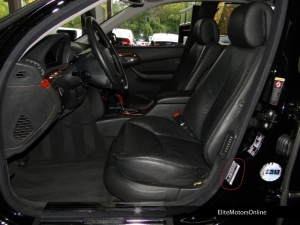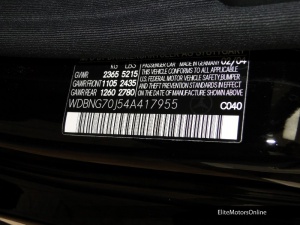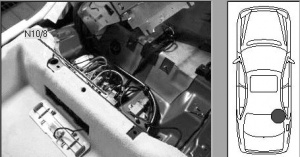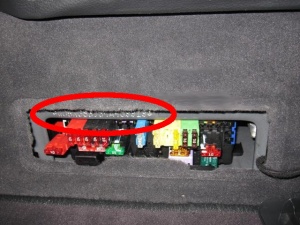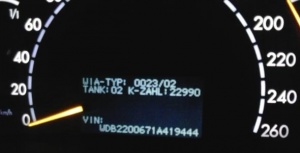VIN (Vehicle Identification Number)
A vehicle identification number, commonly abbreviated to VIN, is a unique code including a serial number, used by the automotive industry to identify individual motor vehicles, towed vehicles, motorcycles, scooters and mopeds as defined in ISO 3833.
Decoding VIN
The first three numbers of the VIN will tell you what series/type the car is. For example a VIN WDB2200671A419444 denotes a W220 series vehicle. The next three digits (in this case 067) are a Mercedes-Benz code for the model and body style. In this case '067' denotes a S350 sedan. The next two digits tell you where the car was built and whether it is right or left hand drive, as well as what transmission is fitted. The final 6 digits are the serial number of the car.
VIN can be used to look up vehicle specific Data Card describing vehicle equipment and other information.
How to find VIN
There are several places where you can look up VIN of your vehicle.
Sticker in driver's door frame
If in the U.S. there will be a sticker in the driver's door frame that gives the month and year of manufacture. In the photo below, 10/04 at the upper right of the sticker indicates my car was manufactured in October, 2004. It was sold in the U.S. as an '05 model, and went into service in November, '04.
Engrave next to rear fuse box
VIN is engraved next to fuse box under right side rear seat. Since here the VIN is engraved, this place is used by authorities to identify a vehicle without doubts.
You can access through instrument cluster hidden menu. First access the hidden menu using battery voltage check described in Charging system page. Then use steering wheel buttons to navigate through the menu.
Vehicle Technical Passport
Vehicle technical passport issued by government should have VIN printed on it.
